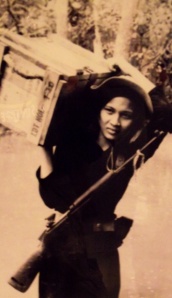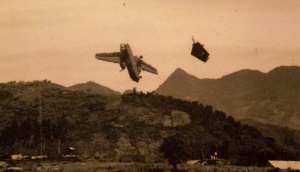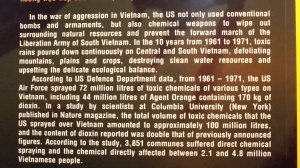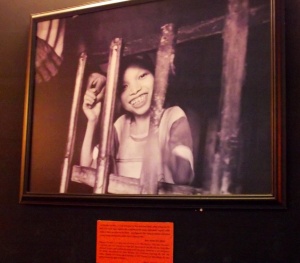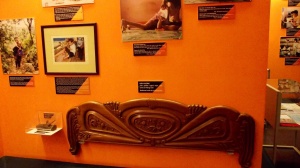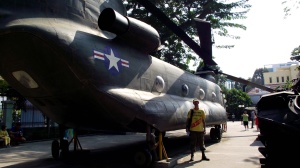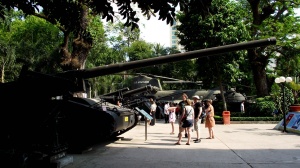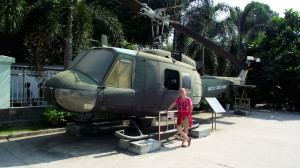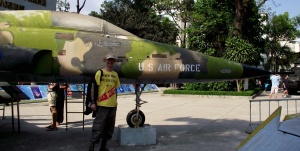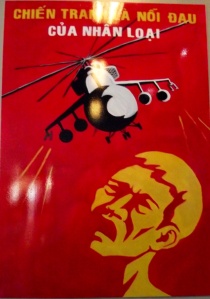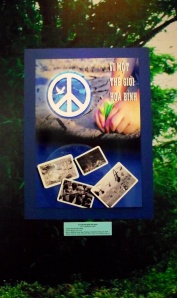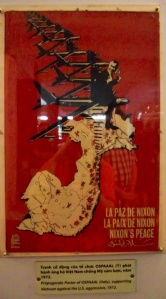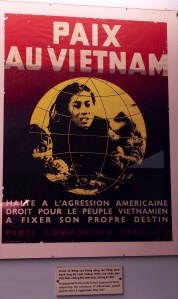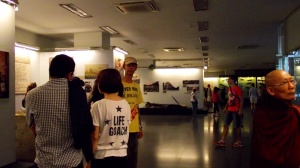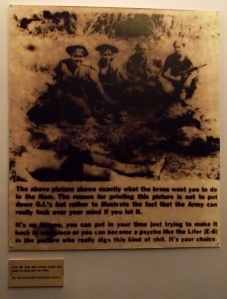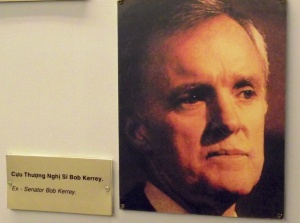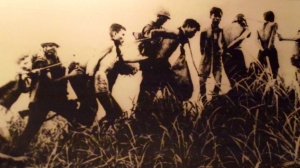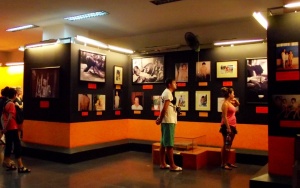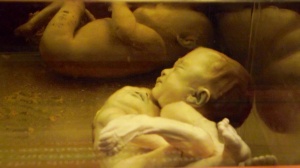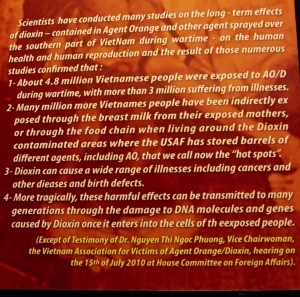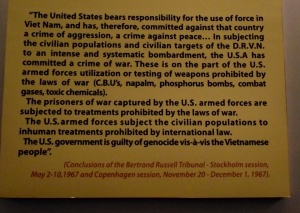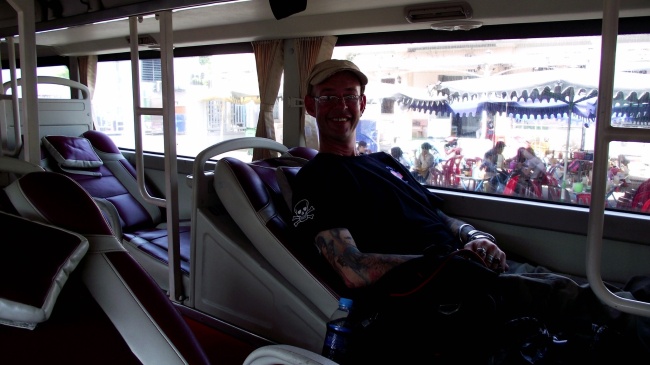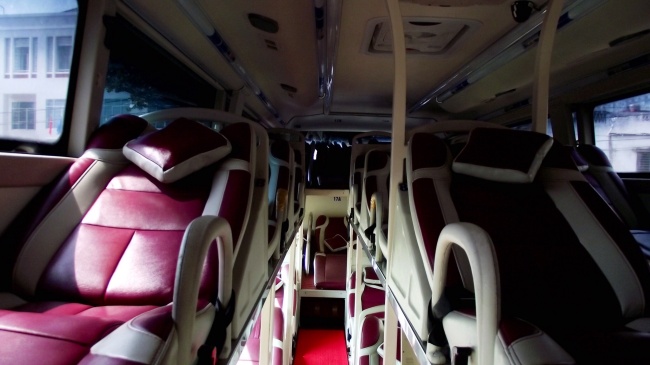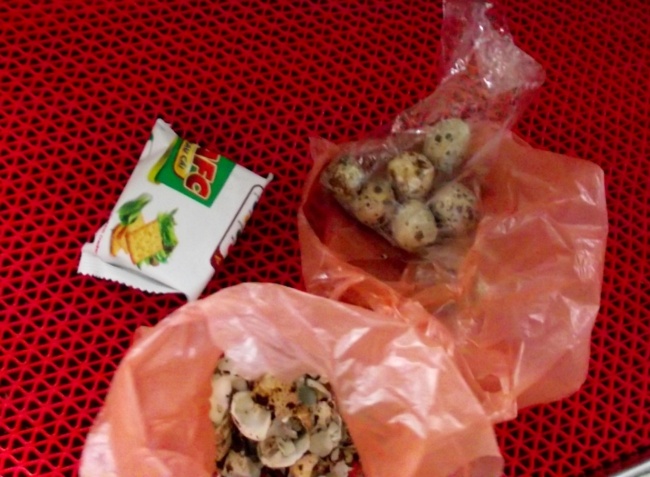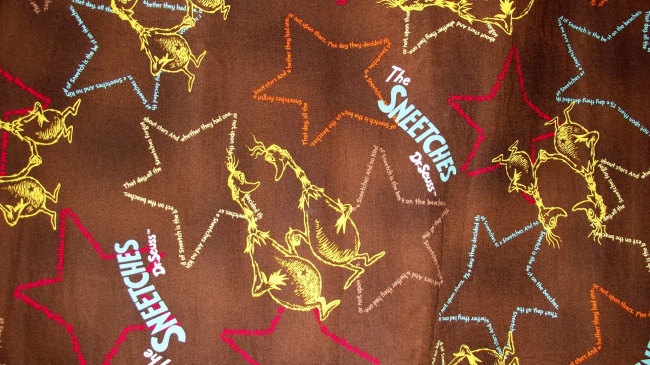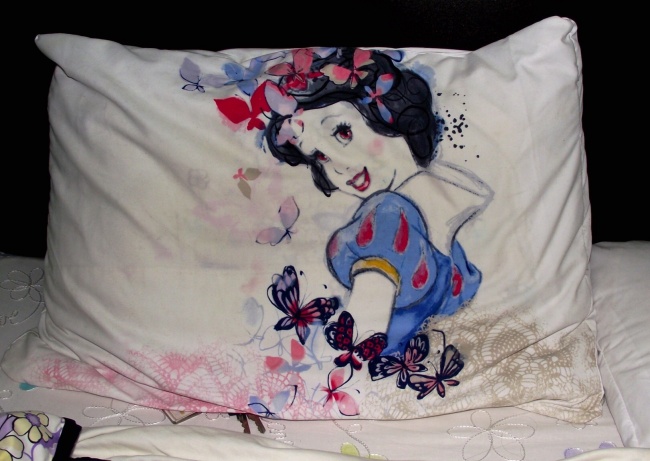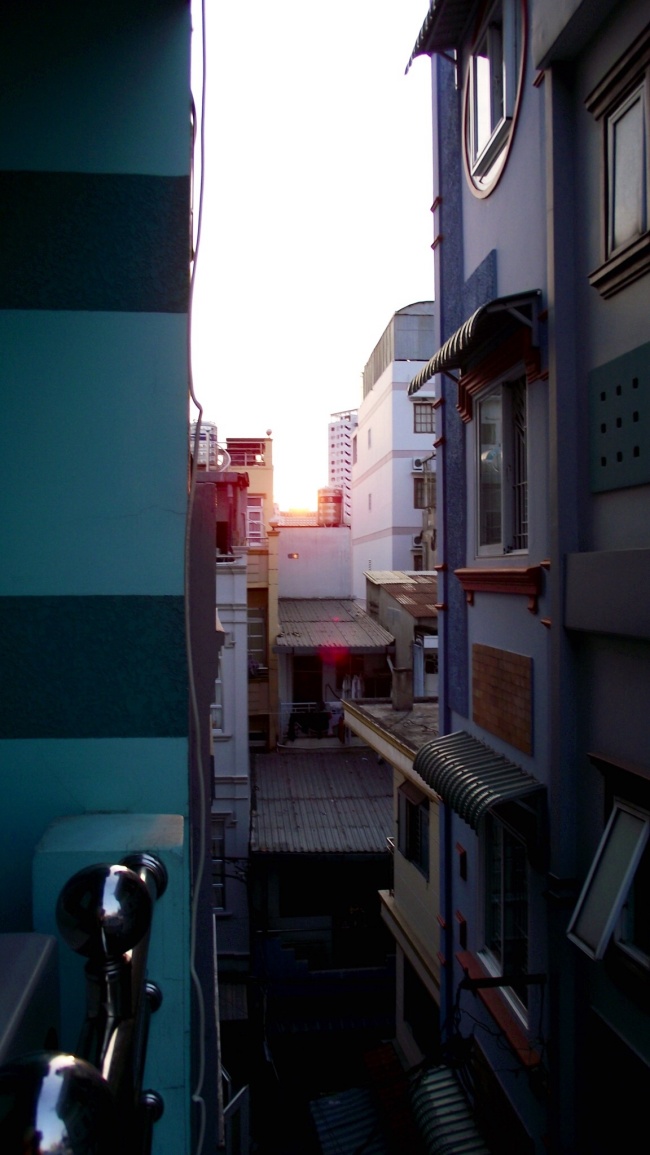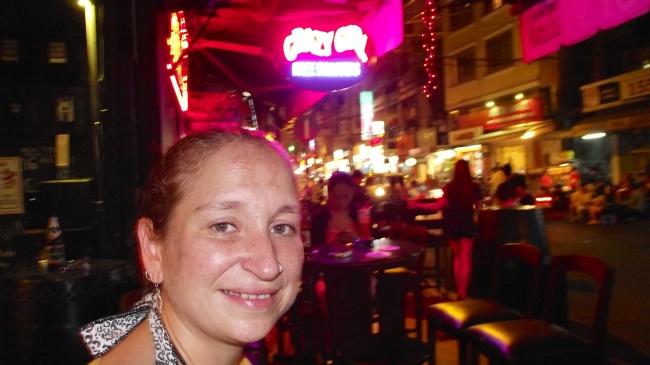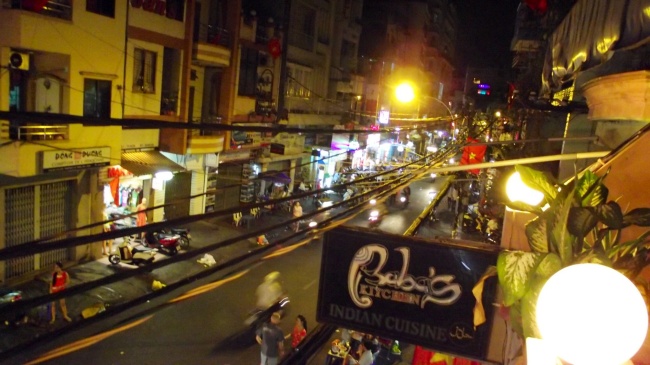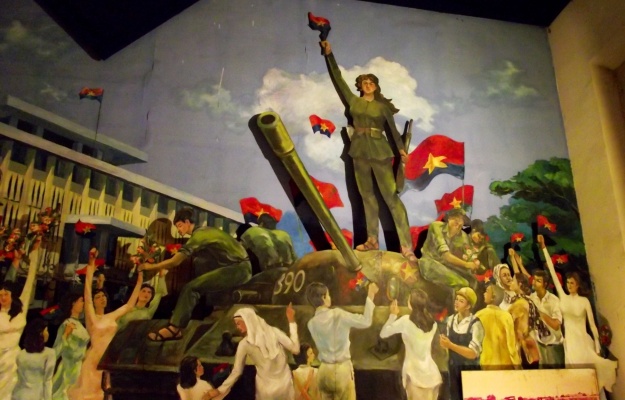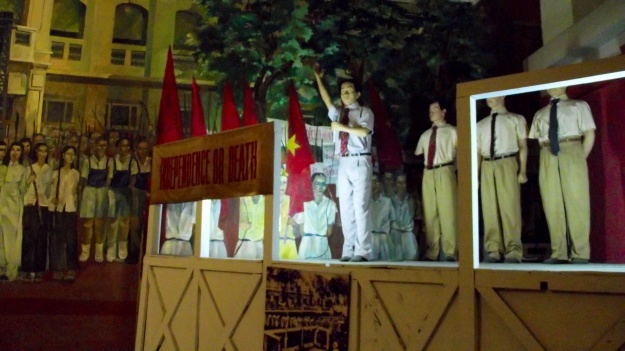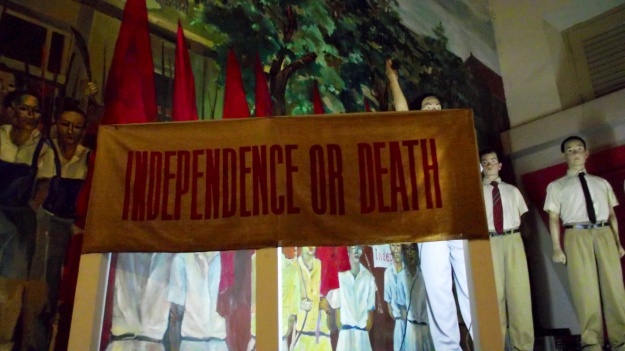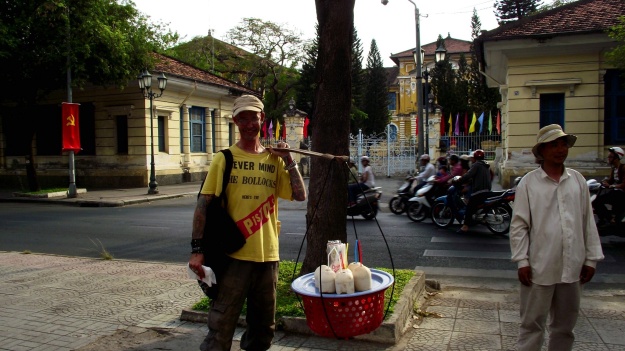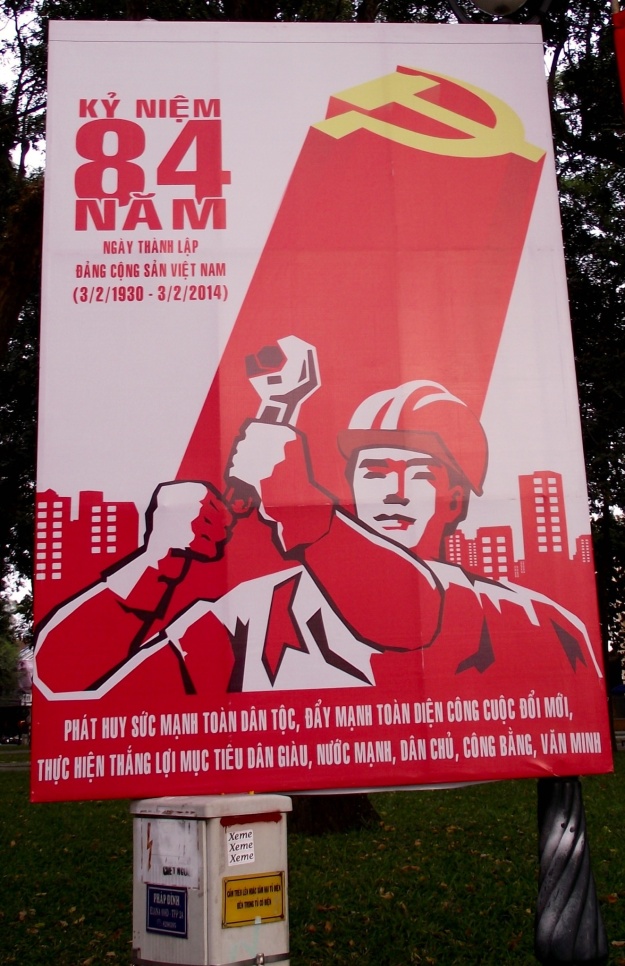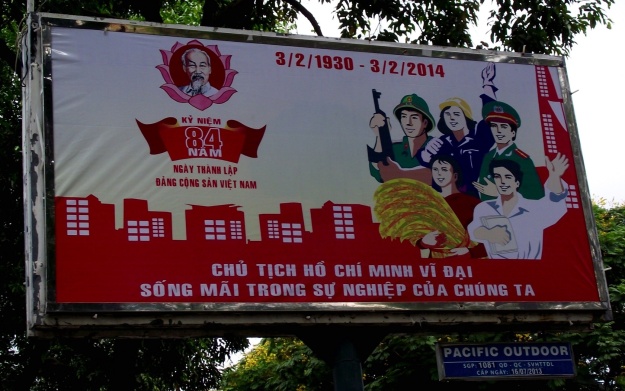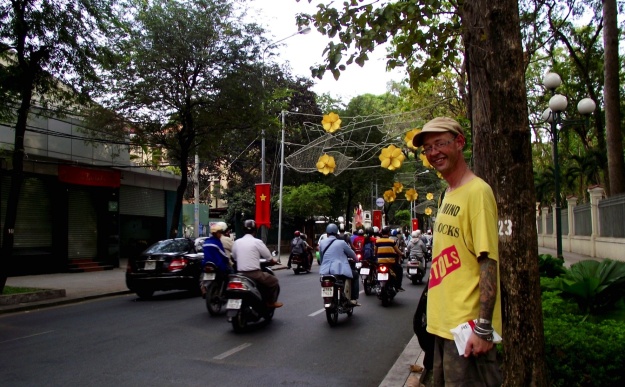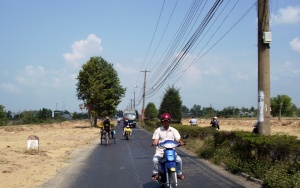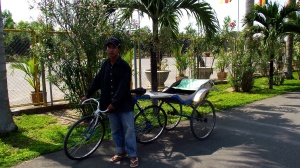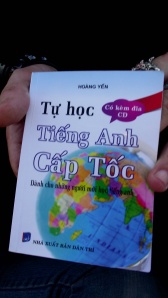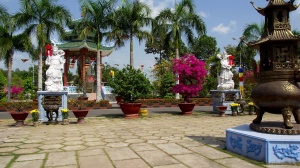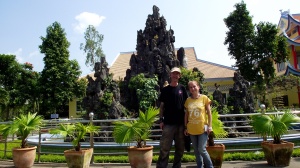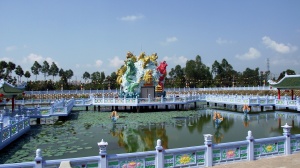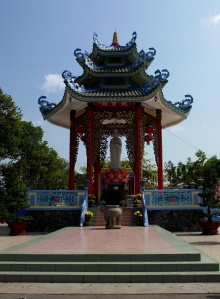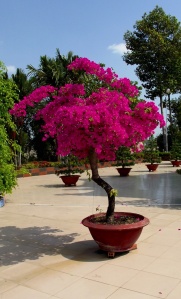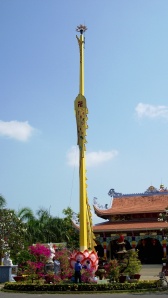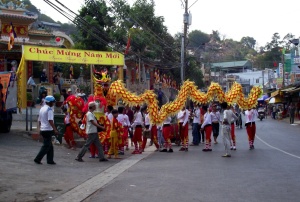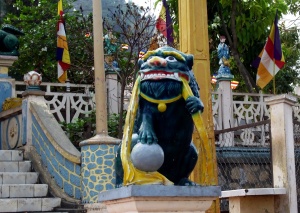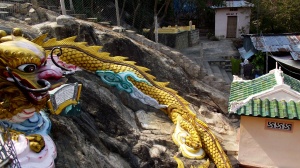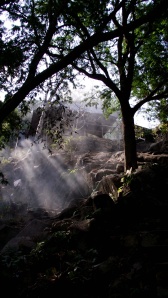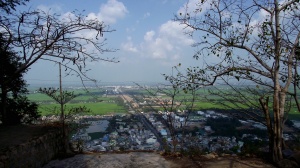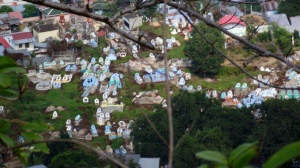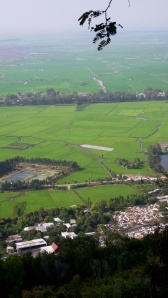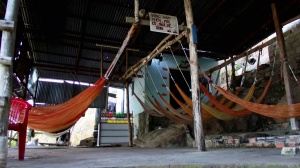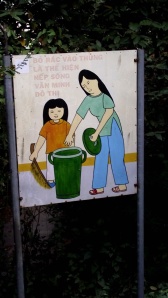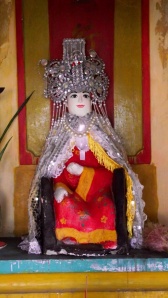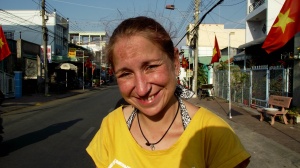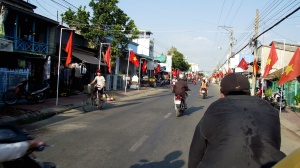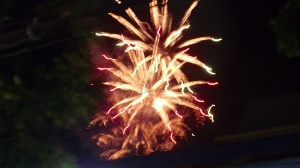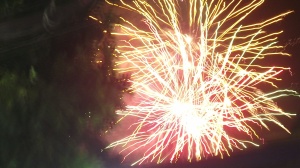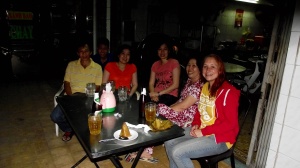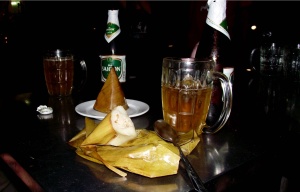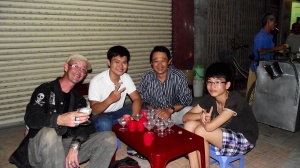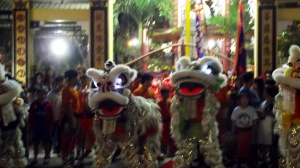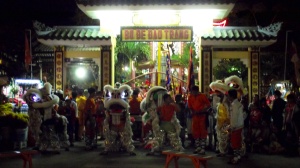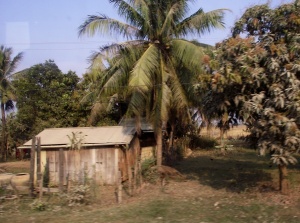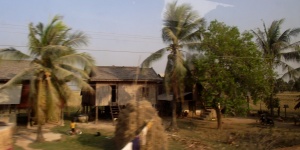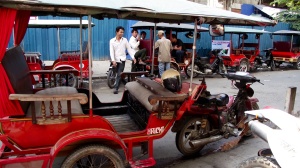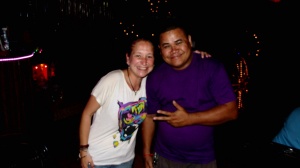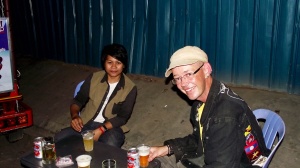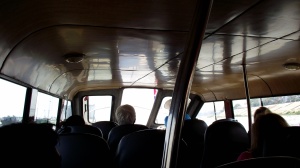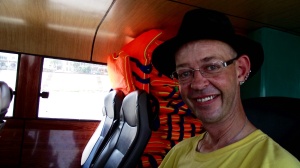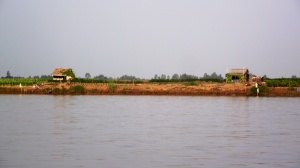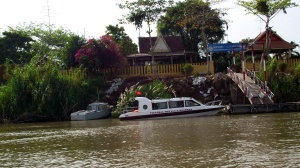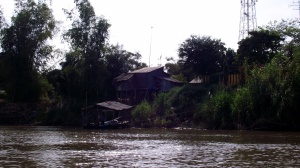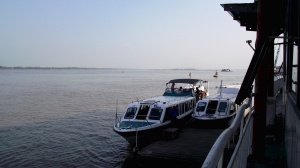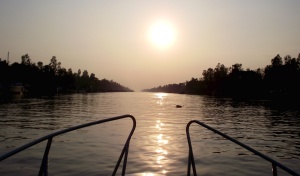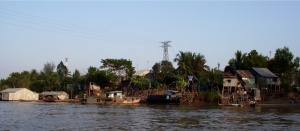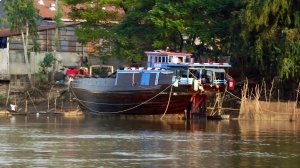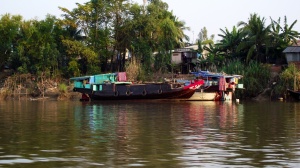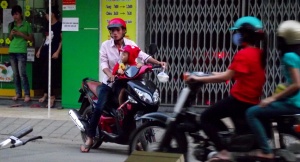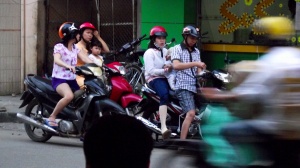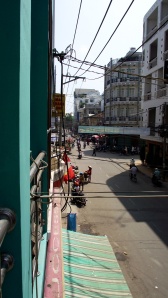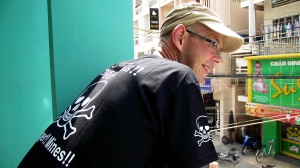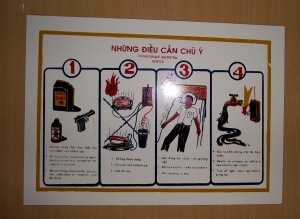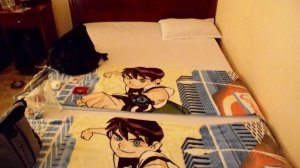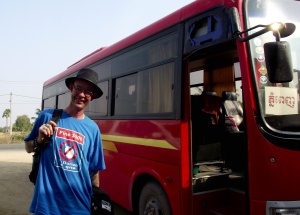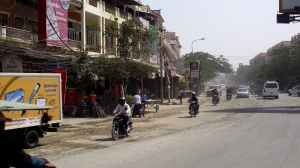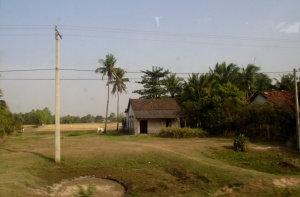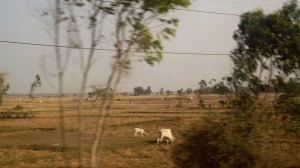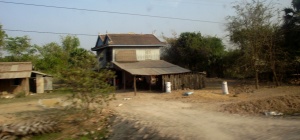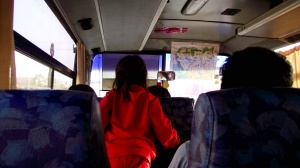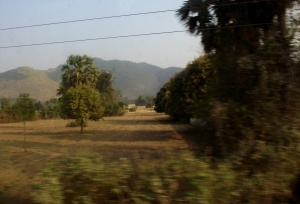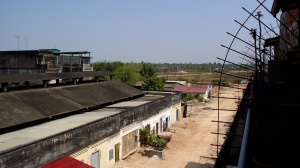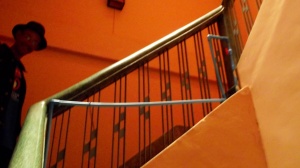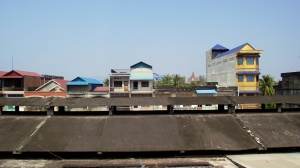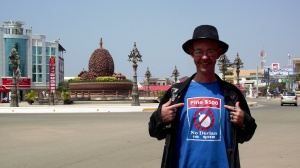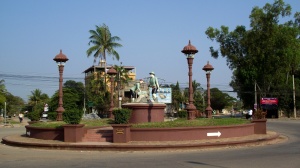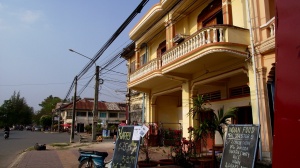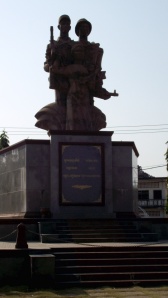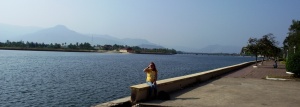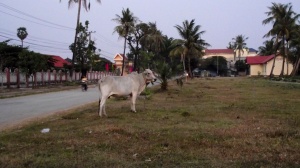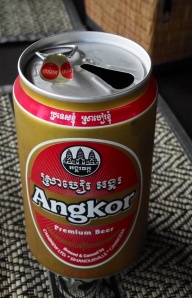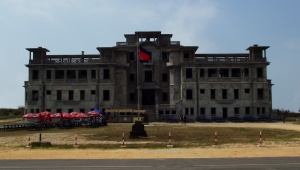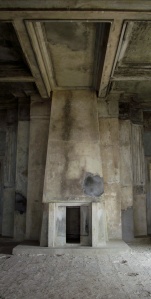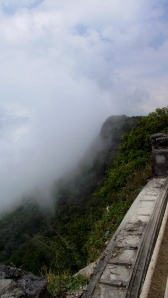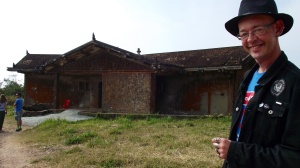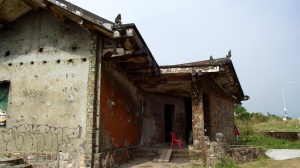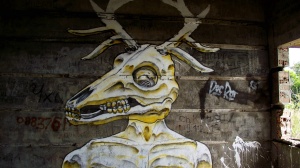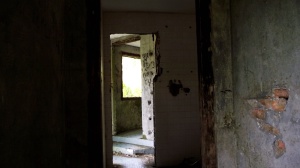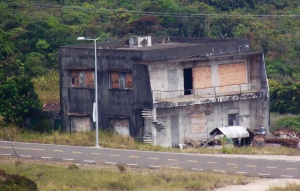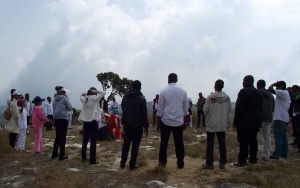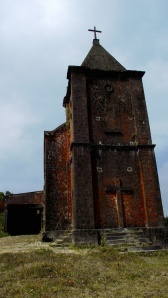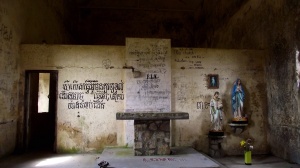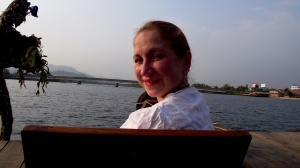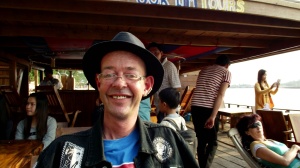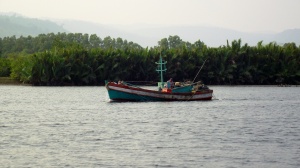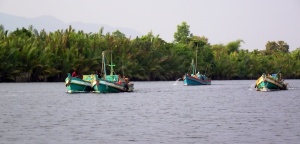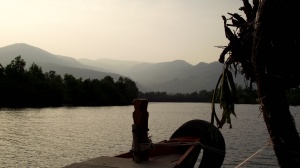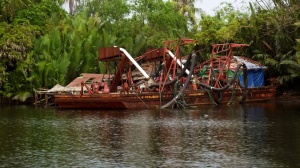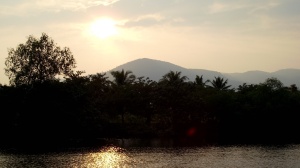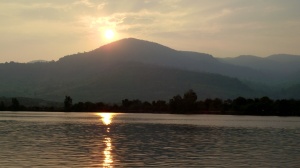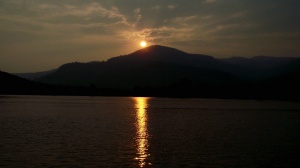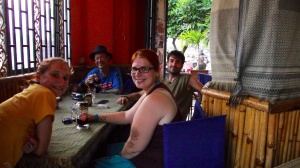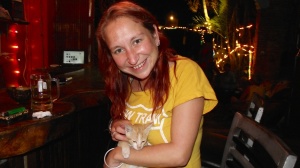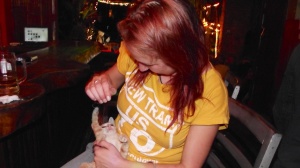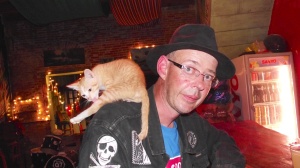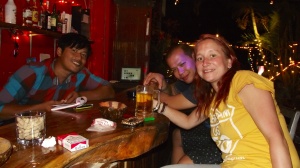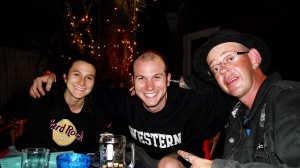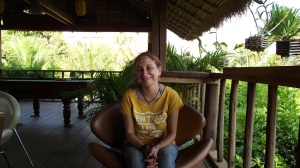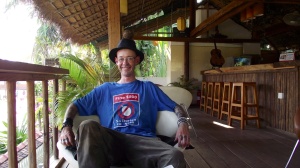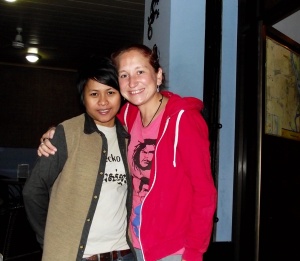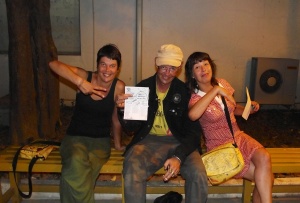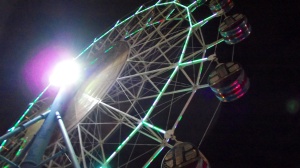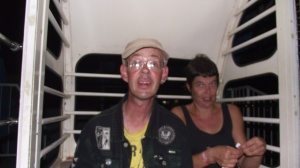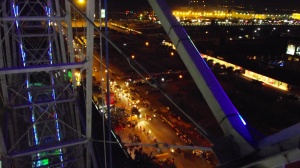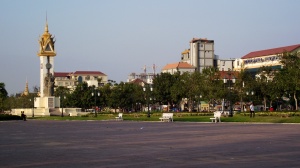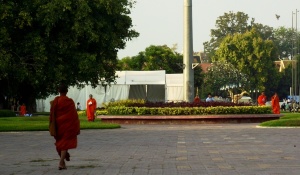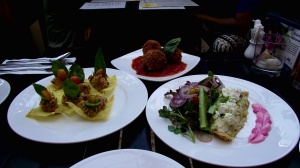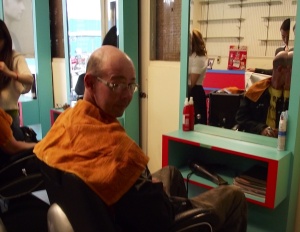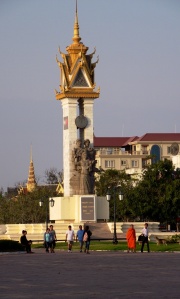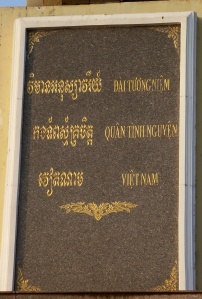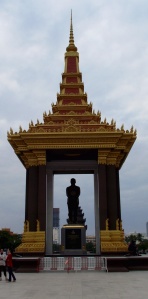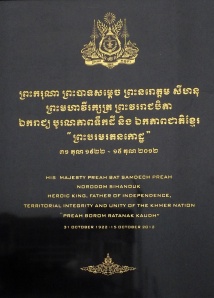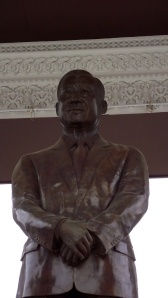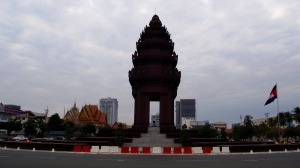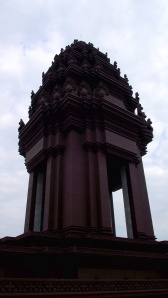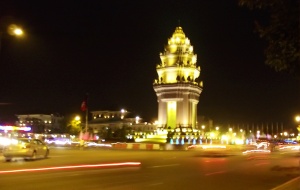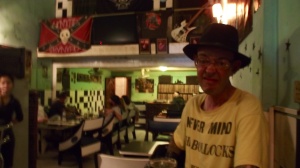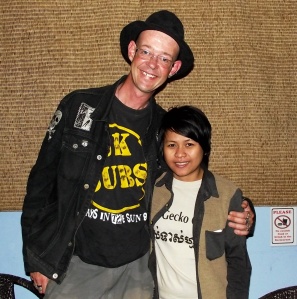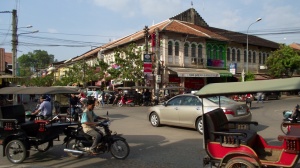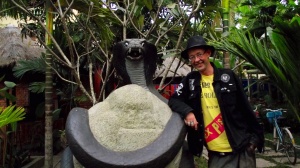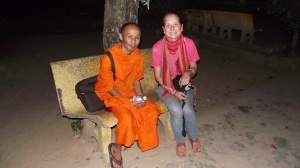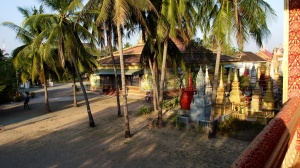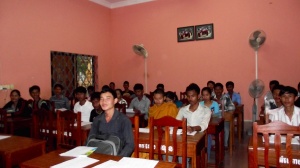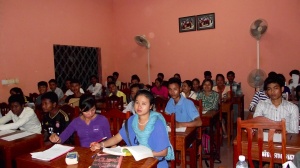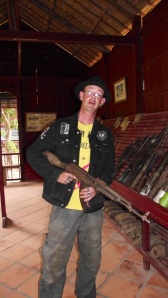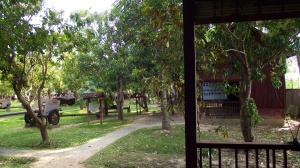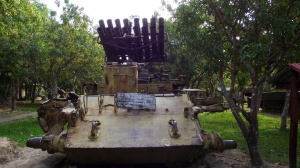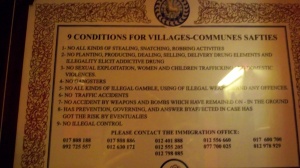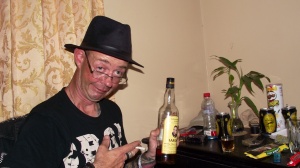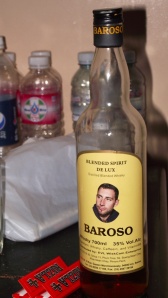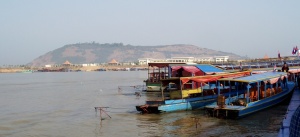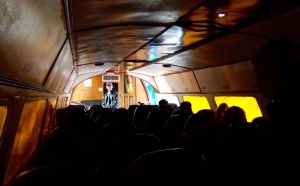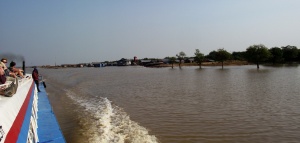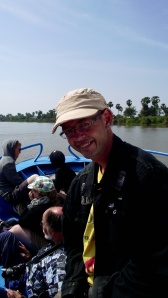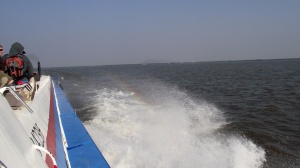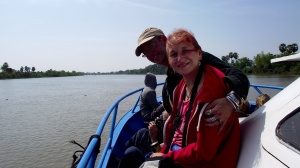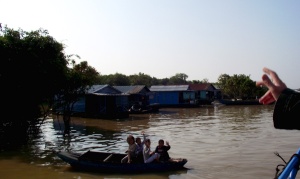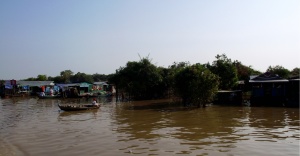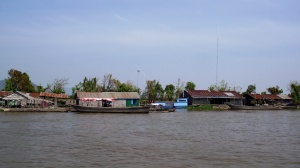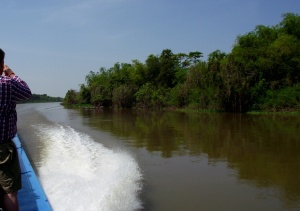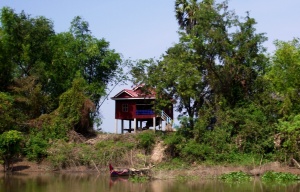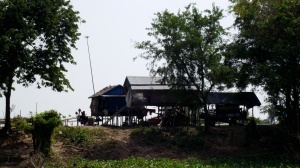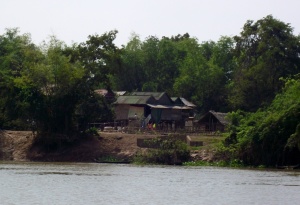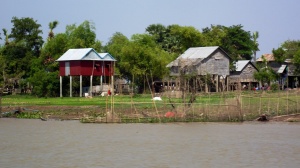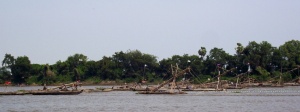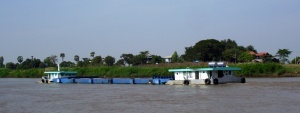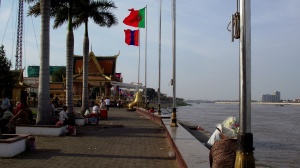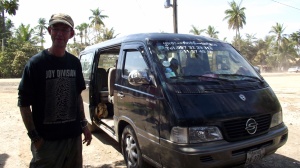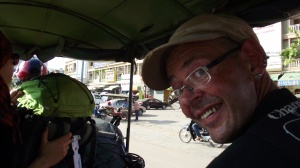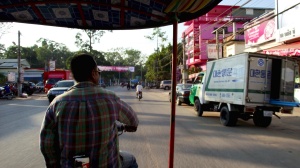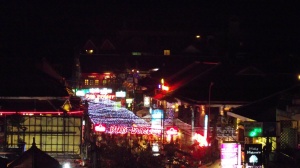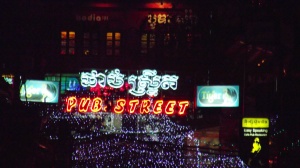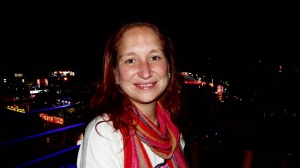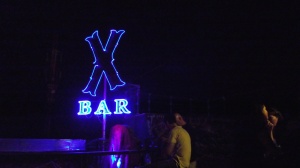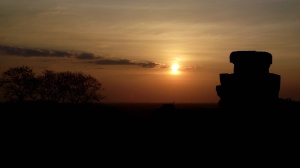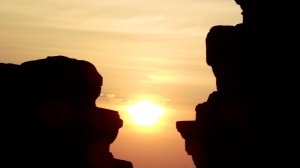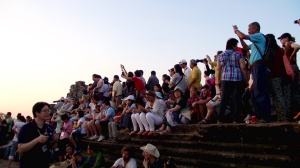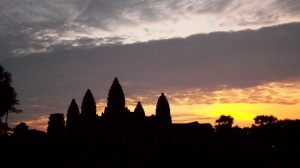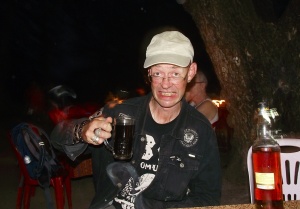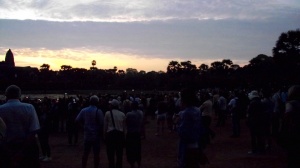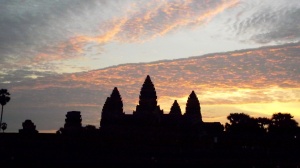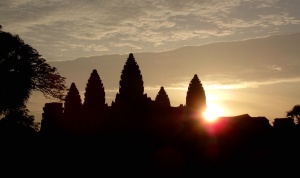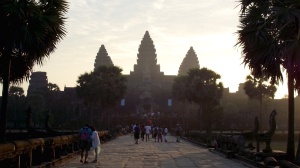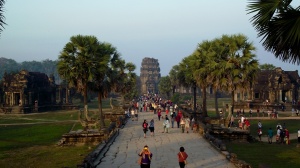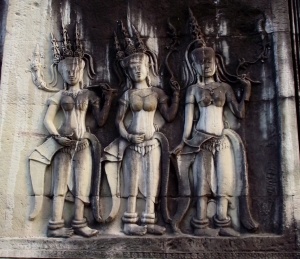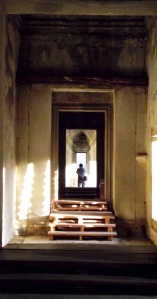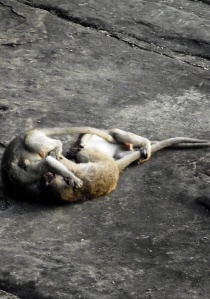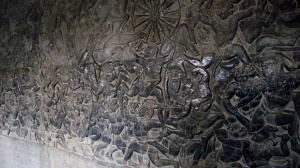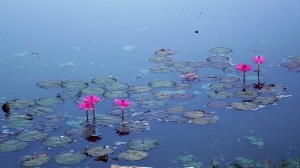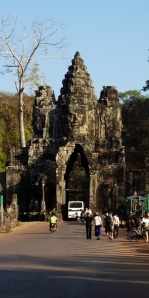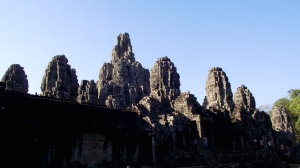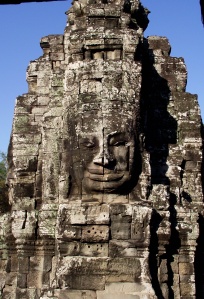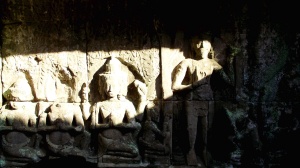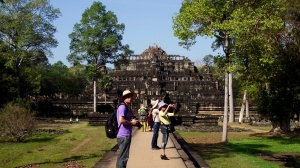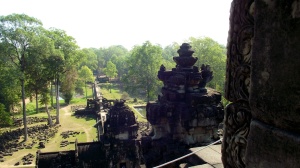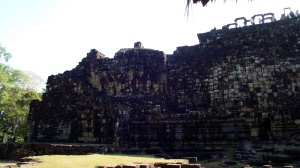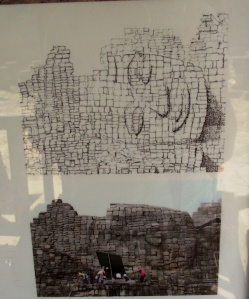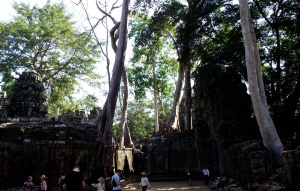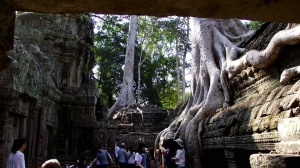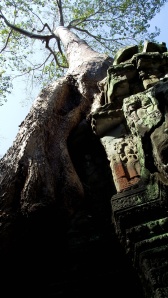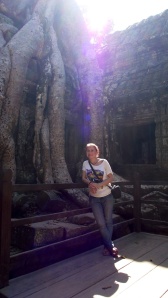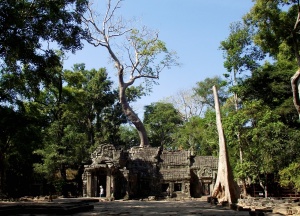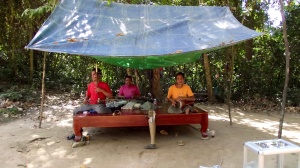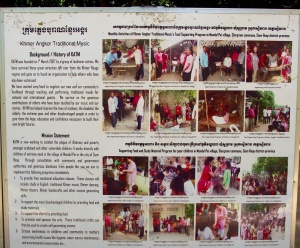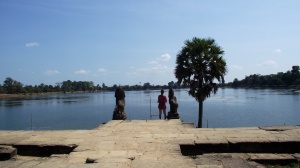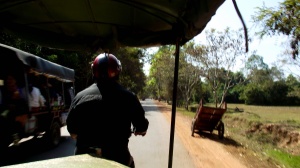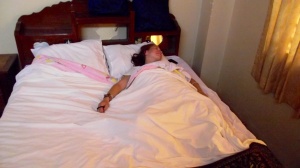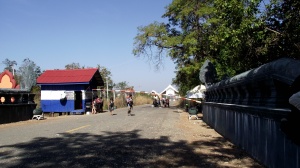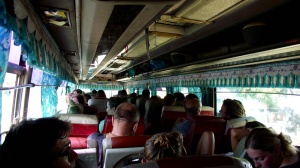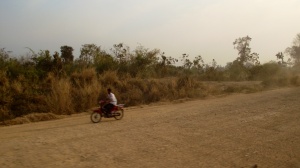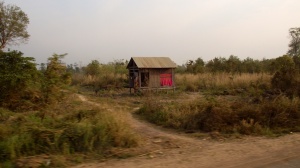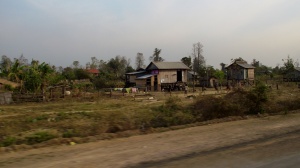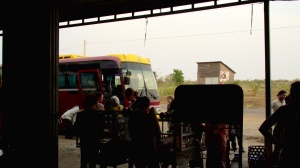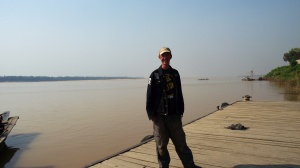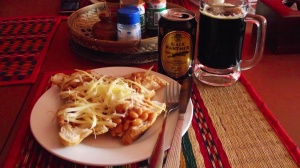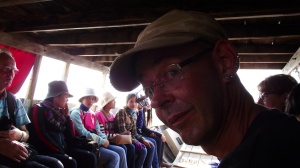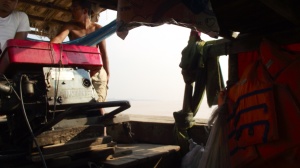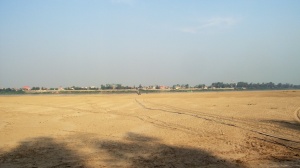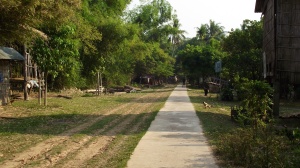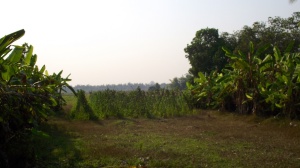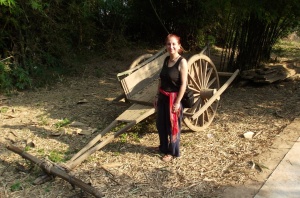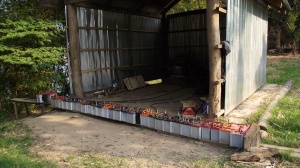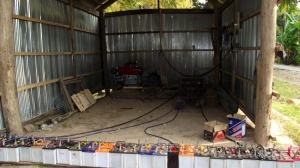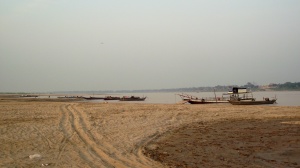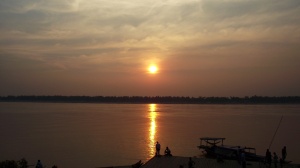And you know you’ve seen it all
In daddy’s car thinkin’ you’ll go far
Back east your type don’t crawl
Play ethnicky jazz to parade your snazz
On your five grand stereo
Braggin that you know how the niggers feel cold
And the slums got so much soul
It’s time to taste what you most fear
Right Guard will not help you here
Brace yourself, my dear
It’s a holiday in Cambodia
It’s tough kid, but it’s life
It’s a holiday in Cambodia
Don’t forget to pack a wife
You’re a star-belly sneech you suck like a leech
You want everyone to act like you
Kiss ass while you bitch so you can get rich
But your boss gets richer on you
Well you’ll work harder with a gun in your back
For a bowl of rice a day…
Now you can go where people are one
Now you can go where they get things done
What you need my son:
Is a holiday in Cambodia
Where people dress in black
A holiday in Cambodia
Where you’ll kiss ass or crack
Pol Pot, Pol Pot, Pol Pot, Pol Pot……”
Dead Kennedy’s – “Holiday in Cambodia”
(Alternative Tentacles Records – 1980).
I’m sure I’m not the first sentient being to enter Cambodia with the aforesaid lyrics on my mind. Nor will I be the last.
After all, to cite The Kinks, “I’m not like everybody else”, yet anyone who believes that statement has either totally missed our individual insignificance on this planet, or is so wrapped up in vanity, that s/he mistakenly believes that the world revolves around them.
I recall my late father, who upon noticing I was sporting a T-shirt with the words ‘Holiday in Cambodia’ printed on it, was hugely offended, and became enraged. Little did he realise that the Dead Kennedy’s were an American left wing punk group, who sought to reveal to the world the horrors of what had happened in Cambodia.
The truth is, that there are millions of people on the planet just like you, irrespective of your individual gender, race, class, religion, nationality or political affiliations (or lack of them). To believe otherwise might make you feel better, but Hey! We all sit on the toilet exactly the same. Read the small print and weep.
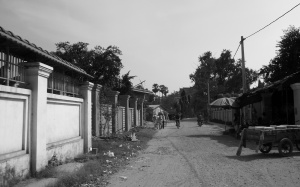
So, let’s put the history of the world, as far as Cambodia is concerned, in context, as if there’s one thing I loathe, it’s historical revisionism. During the Vietnam War, under President Nixon’s orders in 1969, the American airforce illegally dropped more bombs on Cambodia than they did on Germany and Japan combined, in World War Two, and killed more than half a million Cambodian people, as a consequence.
Dependent on your point of view, the Vietnam War concluded in 1973. However, the North and South Vietnamese continued fighting, until the North defeated the South, in 1975. This was partly due to the undisputed fact that the Americans continued funding the South for a further two years, following their withdrawal from Vietnam. After all, the American’s never surrendered in Vietnam, to cite a Vietnamese tour guide we shall return to later in our blog, “The French surrendered, The Chinese surrendered, The American’s just ran away…” – Ho Hum.
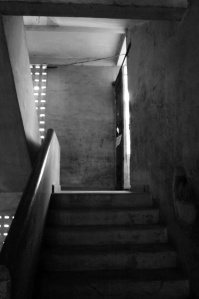
S-21
Over the border, in Cambodia, the Lol Non regime had overthrown power, from King Sihanouk, in 1970. A man named Saloth Sar, prior educated in France, who had renamed the Workers Party of Kampuchea the Communist Party of Kampuchea (CPK) in 1966, bided his time, in exile, aspiring an opportunity to seize power.
By 1973, American B-52 planes mass bombed tens of thousands of bombs on CPK positions in Cambodia, inflicting thousands of civilian casualties, forcing many civilians to migrate from rural to urban areas. The U.S.A eventually halted bombing in August, under pressure from the U.S Congress. A power vacuum ensued…
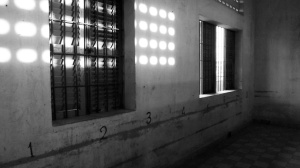
President Lol Non’s regime collapses as the CPK’s Khmer Rouge, largely composed of young cadres, recruited/indoctrinated in rural areas, stormed Phnom Penh, on April 17th, 1975. President Lol Non fled to exile. The U.S Embassy evacuated it’s personnel. Three weeks later, in Vietnam, Saigon fell to the northern Vietnamese Communists.
Saloth Sar returns to Phnom Penh, following twelve years in exile, and proceeded to co-ordinate the most radical exercise in social engineering ever attempted; private property and money was abolished. Banks are blown up. The Cambodians civilians residing in urban areas are marched into the countryside, with a view of their engaging in forced labor in agriculture. Thousands die on route, with express regard to the elderly, the young, and the infirm.
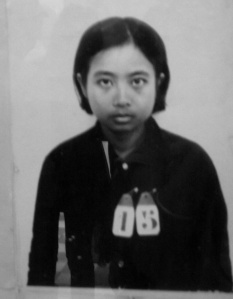
By April 1976, whilst punk was making headlines in the U.K, Saloth Sar reinvents himself as Pol Pot, and announces that he is President of Democratic Kampuchea (DK). King Sihanouk is promptly placed under house arrest in Phnom Penh, where he will remain for the next two and a half years. DK Security Personnel open the S-21 Interrogation and Extermination Facility in Phnom Penh. Thereafter, Pol Pot announces his four year plan, which over optimistically seeks to treble rice production, and to exterminate all intellectuals, monks, and any other citizens who dare to oppose his regime.
Khmer Rouge rule lasted for three years, eight months and twenty days. In that time, an estimated 1.7 million people died at the hands of Pol Pot and his followers, until Phnom Penh was finally liberated by the Vietnamese, on the 7th January, 1979. Why was it that Pol Pot, a man who claimed to adhere to a Marxist-Leninist ideology, killed so many of his fellow country men, women and children?
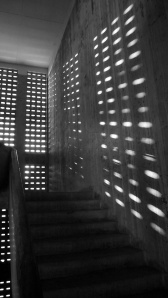
In an attempt to answer that question, I read David Chandler’s excellent book, “Brother Number One” (Silkworm Books, 1999). Chandler describes the murder of nearly two million people as ‘auto-genocide’, and suggests that upon seizing power, Pol Pot fell foul to the pitfalls associated with power and insecurity; namely, tyranny and paranoia. Convinced his regime was being infiltrated by anyone from the KGB to the CIA, he systematically interrogated, tortured and killed anyone who he or his regime suspected of treason, many of whom were loyal members of his own Communist Party. More still were innocent civilians, targeted in a culture of fear, and insular political outlook.
Whilst at the War Museum in Siem Reap, a volunteer guide, who had himself lost both of his parents to the Khmer Rouge regime, not to mention a leg to a land mine, suggested to me that Pol Pot was short for Political Potential. I could find no truth in that statement, during my own research on the subject. Chandler writes that Pol Pot was chosen as it was a name routinely associated with the common man on the street, a Cambodian Joe Bloggs, if you will. Whatever the case, Pol Pot became a man who worshipped the Devil in the name of God, albeit a fascist, trading under a pretext of communism.
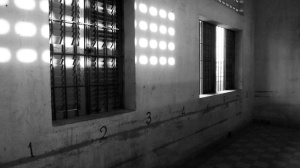
Emma and I approached S-21, Tuol Sleng, which was opened to the public in 1979, and now named the Genocide Museum, with some trepidation. For four years it served as Pol Pot’s most brutal interrogation facility, and claimed the lives of an estimated 20,000 people. For it’s victims, anyone who passed through the gates of S-21, were doomed to death.
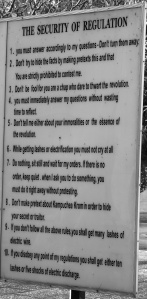
The rules you were shown as you entered S-21
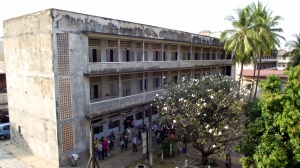
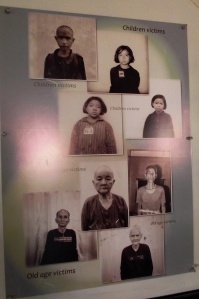
The average time of incarceration for inmates was four to seven months. Political prisoners were incarcerated for six to seven months. All, including women and children, were then transported to Choeung Ek, the most (in)famous of the 300 killing fields, where they were killed, or, as the Khmer Rouge recorded in their meticulous documentation, citizens were ‘officially destroyed’.
Perhaps one of the most horrific things about S-21 is that it was formerly a Primary School. Four separate buildings that comprised the school were hastily adapted by Pol Pot’s regime for the purposes of interrogation and torture. The first, building ‘A’, existed for the interrogation of Khmer Rouge cadres who were suspected of treason, the remaining buildings, ‘B’ – ‘D’, for civilian prisoners.
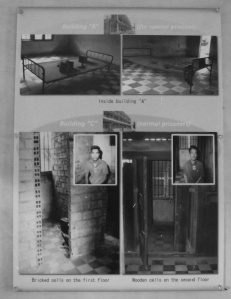
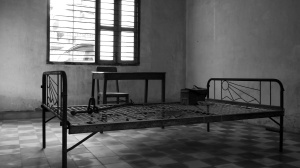
Building ‘A’
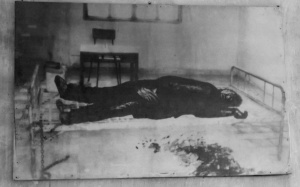
Photo of one of the bodies found, when S-21 was liberated
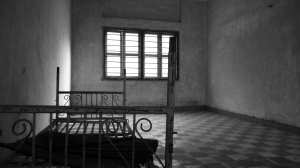
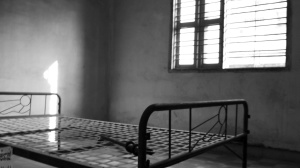
When the Vietnamese finally liberated S-21, fourteen bodies remained in Building ‘A’, but could not be identified due to decomposition, abandoned after the Khmer Rouge had fled. One victim was female. Their bodies were buried on the schoolyard outside, where they remain to this day.
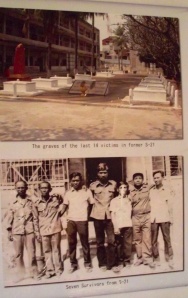
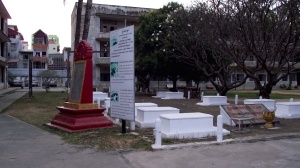
Walking through the site, entering its buildings, and the cells themselves, was one of the most frightening things that either of us had ever experienced. They are oppressive, dank, and one could almost taste the terror that had once stalked their dim and dingy walls.
Within the second building, photographs of thousands of S-21 victims are now displayed on the walls, and they stare back at the viewer, many are clearly terrified; captured images of ghosts from little more than three decades ago, denied life or justice under a totalitarian regime, which should serve as a lesson on the evil potential of humanity itself, to us all.
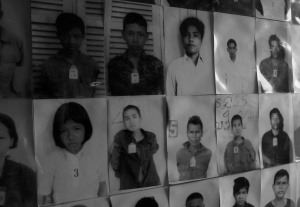
Such young faces…
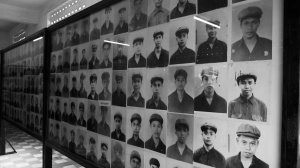
Khmer Rouge cadres
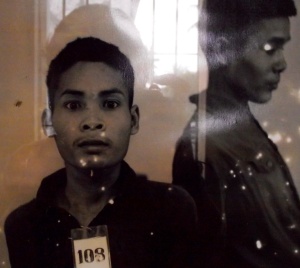
This photo truly haunted me…
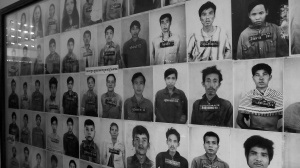
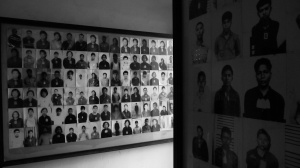
Building ‘C’ was perhaps the most ominous of them all. Therein are contained bricked cells, thrown together in a crude ramshackle fashion, which served to house prisoners. On the floor above are wooden cells, and open plan rooms, where prisoners were shackled together, whilst they awaited torture, and interrogation. S-21 employed no less than 1684 members of staff in total. Their Chief of Office was Kang Keck Lev, commonly known as Duch, and like Pol Pot, a former teacher.
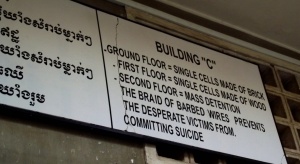
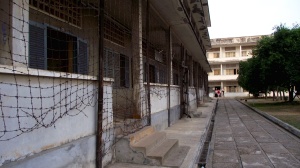
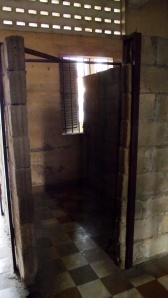
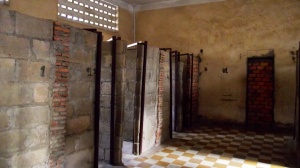
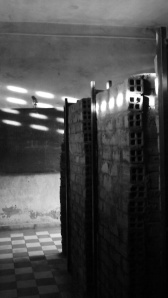
This building was terrifying even now…
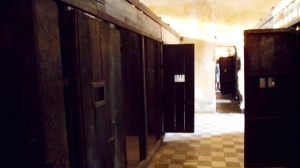
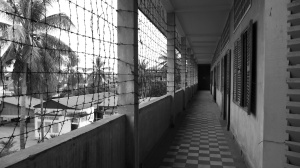
Most of the victims of S-21 had no trial. Chandler states thus “conservative estimates of the number of men, women and children who died between 1975 and 1979 as a result of DK policies run between 800,000 (or 1 in 10) and one million (or 1 in 8) inhabitants of the country. These figures do not include those killed in the fighting with Vietnam” (1999).
Thereafter Emma and I proceeded to Choeung Ek, the most famous of all of The Killing Fields. It was difficult to envisage that such a tranquil and peaceful place could have been the site for the senseless slaying of innocent civilians, many of whom were babies and children.
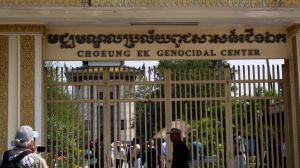
A Memorial Stupa looms over the site, erected in memory of the victims, most of which were clubbed over the head, and then had their throats cut, prior to being thrown into mass graves. Babies were battered around a tree. Duch reportedly warned Khmer Rouge cadres that if they did not kill the babies, then they would return to afflict revenge upon their parents killers, in later life.
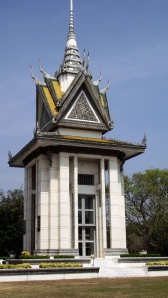
The site today is modest and respectful. Tours are by means of audio guides, which ensure that the area is quiet and reserved. The Memorial Stupa contains thousands of skulls of victims retrieved from mass graves. I will let Emma’s photographs speak for themselves:-
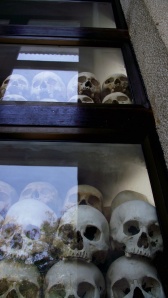
Inside the Stupa
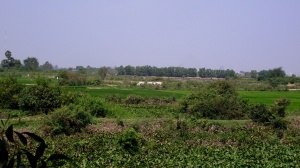
Such tranquil surroundings..
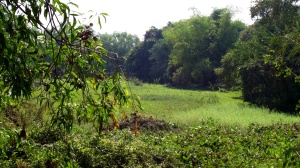
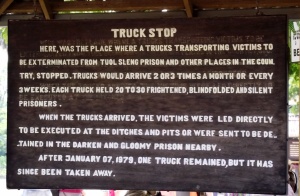
For this story to unfold…
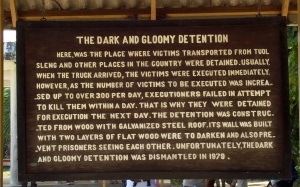
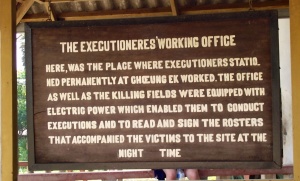
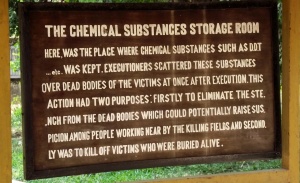
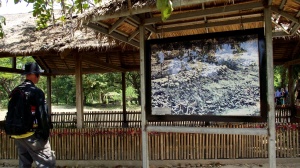
This mass grave had 450 bodies, people leave bracelets as a tribute, I left mine and shead a tear
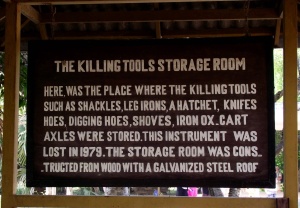
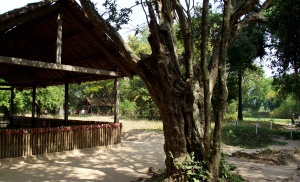
There were also mass graves of headless Khmer Rouge cadres and another of women, children and babies. Others have not been unearthed.
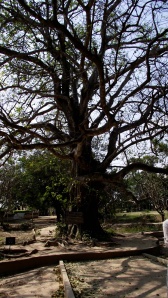
This tree had loudspeakers attached playing revolutionary songs to hide the sound of the peoples screams….
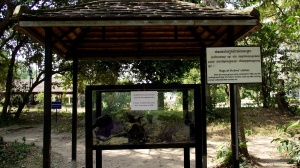
This box contains rags of clothes that keep surfacing
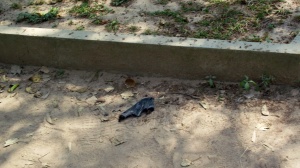
As you walk around you see the rags popping out of the ground. Apparently in the rainy season, teeth and bone still surface
So what happened to Pol Pot following Cambodia’s liberation by the Vietnamese (who, incidentally, Pot loathed; he was a xenophobe). Pot fled to the Thai border, where he languished until his death of heart failure, in 1998.
As late as 1991, Pot continued to yield a huge amount of political power in Cambodia. It was only after his death, that the Cambodian people were finally assured that he would never again return to govern them.
Pol Pot’s body was paraded in front of journalists and photographers, so as to convince the international community that he had finally died.
Pot was cremated by a roadside, on a crude funeral pyre, constructed from wooden furniture and car tyres.
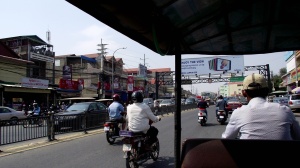
As we drove back to the hotel I felt emotionally drained. I have upmost respect for the Cambodian people as they have chosen to show this in all its horror as a lesson to us one and all..
The trials of those men and women who remain alive, and were part of Pol Pot’s regime, are ongoing;- visit the Khmer Rouge Tribunal website: http://www.eccc.gov.kh/en.
Remember that those of us who fail to learn from the past, are condemned to repeat its mistakes…
More next post…
Trent*/X

There were also mass graves of headless Khmer Rouge cadres and another of women, children and babies. Others have not been unearthed.

Such tranquil surroundings..

For this story to unfold…

Inside the Stupa

This box contains rags of clothes that keep surfacing

As you walk around you see the rags popping out of the ground. Apparently in the rainy season, teeth and bone still surfaces

Building ‘A’

Photo of one of the bodies found, when S-21 was liberated

This building was terrifying even now…

As we drove back to the hotel I felt emotionally drained. I have upmost respect for the Cambodian people as they have chosen to show this in all its horror as a lesson to us one and all..

The rules you were shown as you entered S-21

This tree had loudspeakers attached playing revolutionary songs to hide the sound of the peoples screams….

This mass grave had 450 bodies, people leave bracelets as a tribute, I left mine and shed a tear
